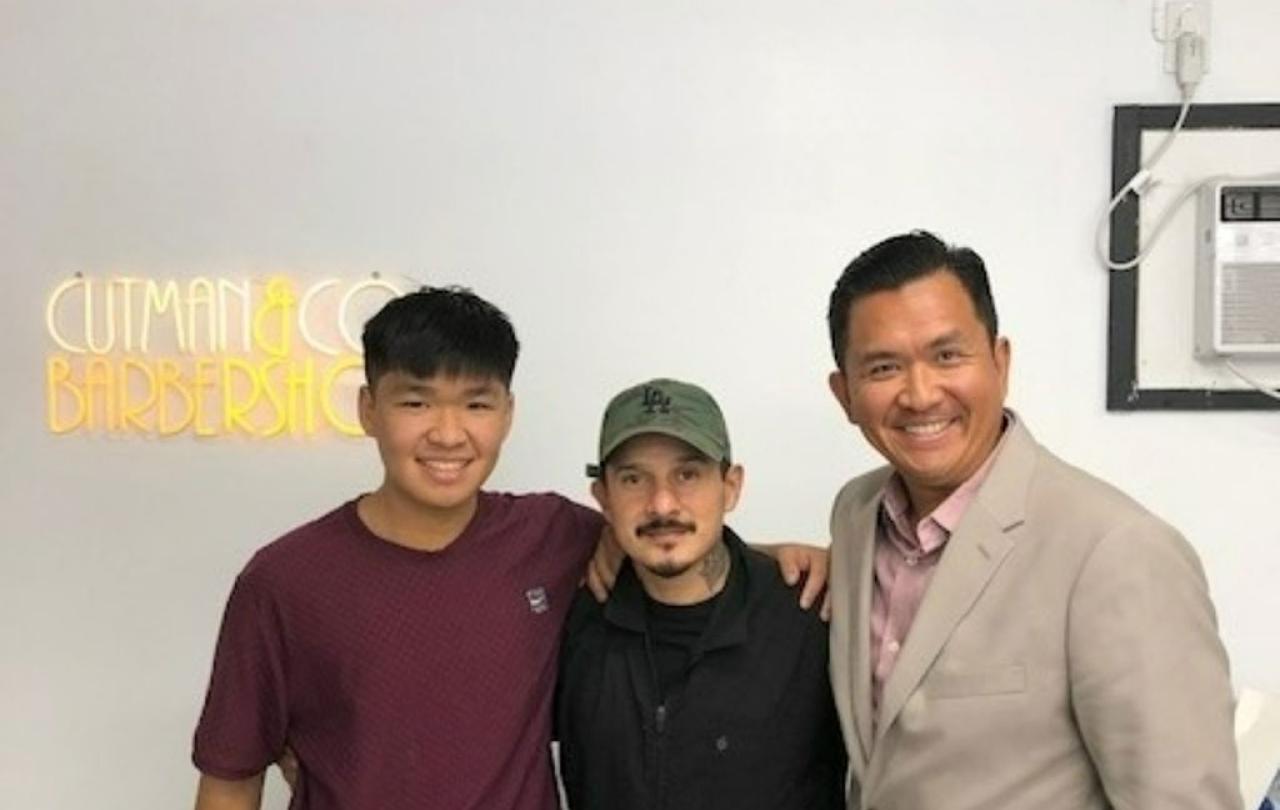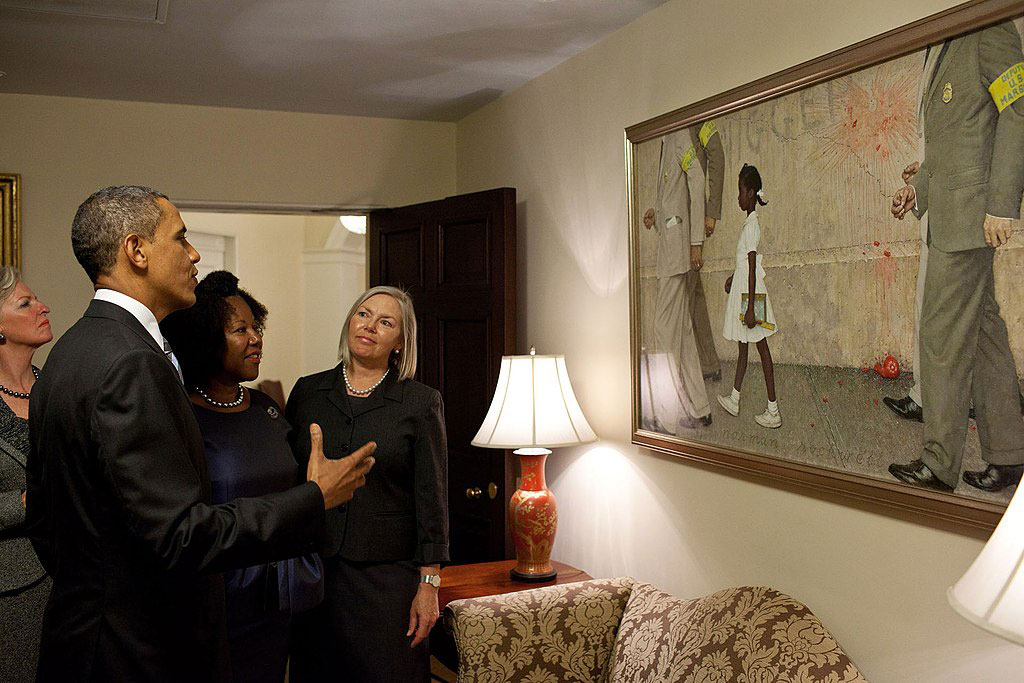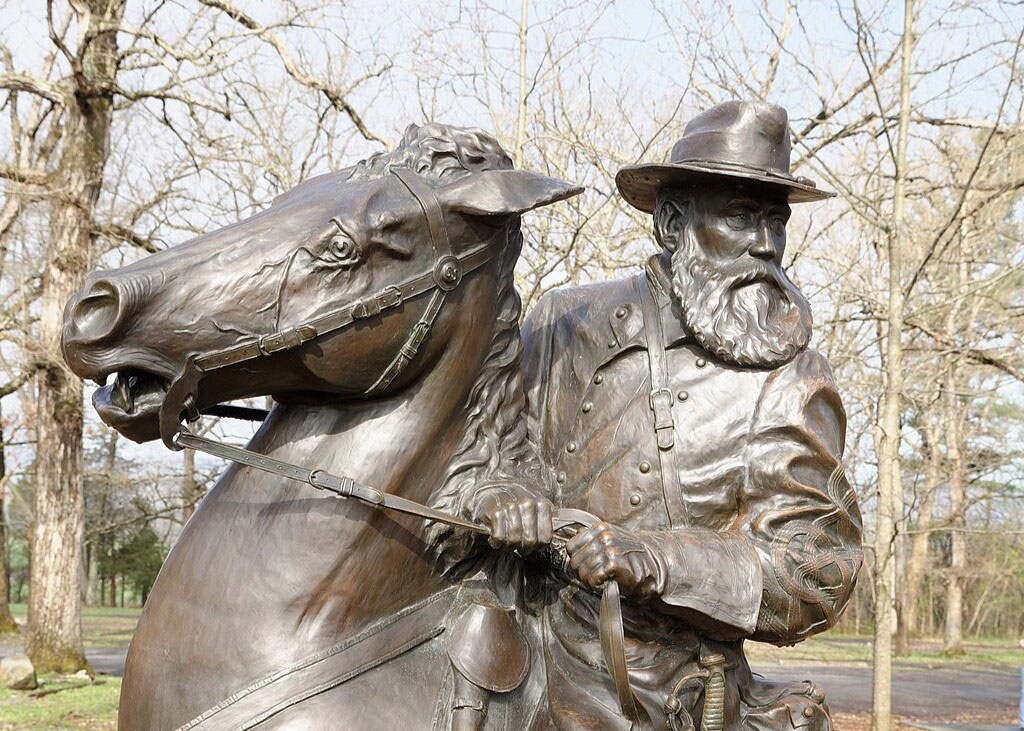
This monthly column features reflections from two Americans: Adrian Urquidez, owner/barber of Cutman & Co, a Barbershop in Solana Beach, California, and Neal Presa, a longtime client who is a Presbyterian minister. Both Adrian and Neal have been friends for almost a decade.
Adrian
From being behind the barber's chair for 15 years now, I've learned so much about myself and others. From their life experiences as well as my own, when you put the two together, you have so much input to bring to the table.
At the start of 2020 I just resurfaced back into my workspace after taking a leave of absence. I was struggling with some alcohol issues, and I needed to step away from the chair to figure myself out and get the clarity I need to move on with my life. At the start of COVID, three months sober at the time the world shut down, I could no longer go to Alcoholics Anonymous (AA) meetings, I had to shelter-in-place and figure out how I was going to take care of my family. I applied to numerous jobs and had no luck. Finally, long time clients of mine began to text me saying “they need cuts”. That’s when the house calls began! Work began to flow in and before you know it word started to spread.
Going to people’s houses, cutting hair outside, masked up, I began to realize that no matter what the circumstance, people want to feel good, they want to look good and that's where I came in the picture. Outside of my everyday work I started going to school for alcohol and drug counseling. I enjoyed every second of it; it kept me in the world of recovery. So, with school and Zoom meetings I was able to stay strong and continue to be sober. I learned so much in those two years as my clients, who became my friends, helped keep me afloat financially and ZOOM helped me attend those AA meetings.
Looking back now, I see how important it was for me to go through COVID. I spent more time than ever with my family, understanding what I valued most and learned how important community is. I realized that the people I saw monthly were more than just clients; they were pretty much family. They cared about me, my family and my well-being, which helped me strive to be the best version of myself.
Almost four years sober, I opened my first barbershop, grew my family by one and now get to do what I love every day in a shop of my own. I get to talk to people each of those days and listen to their life adventures. Barbering has evolved so much, when you step in, the vibes are welcoming. At the shop it is more than just “getting a haircut.” You get a beverage of your choice and sit back and relax and enjoy your experience. For 45 minutes or so my ears are theirs and whatever the case may be, my clients/friends get to share about whatever is going on: personal lives, sports talk and just everyday issues we all struggle with. I love what I do, as it opened so many doors and gave me the opportunity to meet so many people - corporate CEOs, professional athletes, doctors, military personnel, fathers, mothers and kids..
At the end of the day, barbering has changed my life, and I can honestly say that I helped change the lives of others and myself by being vulnerable, personable and just really being present in my everyday life.
Neal
The old saying “misery loves company” is true in so many ways. On the difficult journey of life, trying to figure out the twists and turns of what makes it both beautiful and gratifying – and the same time a source of frustration, anguish, and all the mixed emotions of what it means to be human, we need companions along the way. We are human and we can’t do life alone. It’s miserable to do so, and we need neighbors and strangers alike to share in our joys, to comfort and commiserate with when the going gets rough, and to learn from one another.
As with any company we keep - whether it be family, friendships, your neighborhood, or even the traffic on Highway 5, there’s bound to be some sort of conflict. Hopefully, the risk of being in relationship with others doesn’t discourage you and me from being a part of community, of joining new ones, and learning about other people.
COVID-19 was one of the biggest disruptors of such community. Remember the social isolation, the shelter-in-place directives? Recall everyone around us masking up, only seeing each other’s eyeballs, walking on sidewalks socially distanced from each other? Or trying to live and work with endless online meetings and only seeing a few inches of the other person’s existence?
And, in the midst of all of this upheaval, there was a wide swath of community here in the United States and around the world, who amplified their voices on the streets and social media refusing to get vaccinated or to listen to medical professionals. The herd mentality that overtook logic and healthy action to benefit everyone else was a community-response in itself, granted not a healthy and not a helpful one.
It’s good that this inaugural column of “From the Barber’s Chair” is starting on the subject of community. Adrian’s not just my barber, but a friend of mine and of our family. Adrian and I have come to know, respect, and love one another as I have sat in his chair for countless haircuts and conversations about all sorts of topics. He, like a pastor and a bartender, has heard it all. He, like so many artisans in his craft, has the comforting demeanor and listening posture that encourages you to share about your life, be vulnerable about your fears and celebrate your child’s achievements. You also find the joy of a reciprocal relationship in receiving his life’s story as he lives it out between each monthly appointment. Ours is not so much a vendor-client relationship - though of course there is still a fee and gratuity to pay and a service to be rendered - as it is about two erstwhile strangers who are friends, who are figuring out this thing called life. We have this give-and-take; a give-and-take not so much about goods and services, instead it’s about a mutuality of reflecting upon the craziness and wonders of being husbands, fathers, professionals, citizens of the world, trying to be good human beings to neighbor and stranger alike, and make what positive impact we can on the world in our slice of God’s creation.
So, when COVID-19 arrived, like a monster truck barrelling down a storefront, disorienting life as we all knew it, it was such a gift and a blessing for Adrian to have continued his business by making house calls. There we were, in the backyard of our home, every month, my two sons and I would meet Adrian as we all donned our masks. It was two years of those house calls that that helped bring our family and Adrian through COVID.
Adrian was part of another barber shop at the time and that shop was going through a management transition. I knew from years back that Adrian had dreamt of having his own barber shop one day. He had disappeared from the scene for a year. It was on one of these COVID-period house calls that Adrian shared of his ongoing journey towards sobriety. He shared of the strain that alcoholism took on him, his health, his marriage, and family, and how his slow walk to recovery was unfolding and that was life-giving for him and all those with whom he loved and who loved him.
The road to recovery came at a right time when the onset of COVID drove many people into addictions and depression because of social isolation. To receive Adrian’s story and to be invited into the sacred space of his life was a precious gift.
Adrian and our time with him were a source of community, a source of life.
During this period, I was working with church colleagues remotely as we tried to creatively figure out how to serve a large congregation when the name of the game ought to be face-to-face community. This was not to happen, and not anytime soon. Also, our sons who were, at the time, both in high school, grew weary physically and mentally having to take their classes via Google video. I could see their energy level waning and melting. My wife and I grew concerned about them and about their classmates. This was not a healthy situation at all, but this is the best we all could do at the time, to just manage the frustrations, the anxieties, and the stresses of it all.
Our haircut appointments with Adrian were monthly punctuations for human contact outside of our family unit, outside the Zoom contacts with church colleagues, outside the video classrooms. It was like those proverbial apocalyptic movies of emerging from the underground bunker to see who was alive, or like the mythical Noah’s flood surviving on the ark and sending off the dove to see if the bird would bring back evidence of land. Adrian and our times with him were a source of community, a source of life. Such was a powerful lesson in what community is and what community is about: it’s being there for each other, to express and evidence life, it’s helping others keep living and to keep going.
After each haircut, as I reflected upon our time with Adrian, and even now, two years after the fact, my family and I experienced the presence of Christ in our backyard, every month.
When Jesus, and the community with whom he interacted and which were inspired by his life and mission, said/wrote: “I am the way, the truth, and the life,” Jesus embodies it. Standing for the way to true life. Showing the way to live life and the way to truth. In whatever combination we understand and receive what he claims about himself, Jesus is very much interested in and in the business of engaging with us human beings truthfully and truly. It’s because he cares deeply that we live life truly in the presence of God and with one another. Jesus desires that to happen in community, where his spirit is moving in and through conversations, story-telling, prayer, laughter, tears, and all the things that make human relationships interesting and meaningful.
For our family and for Adrian – from the barber’s chair in a theologian’s backyard – as we all struggled with life and faith, we also discovered a bit more about being a holy community; not because there was a posted time announcing that there was a worship service or Bible study, not because there was a stained glass or a cross present. None of the familiar symbols and signs were present that indicated “church” was happening or “theology” was being articulated. All it was were the simple ingredients of honest conversations anchored in love for one another, for faith, for life itself and the bit that God had given us, not knowing whether we would live to see tomorrow but being grateful to God that we had that moment together.



